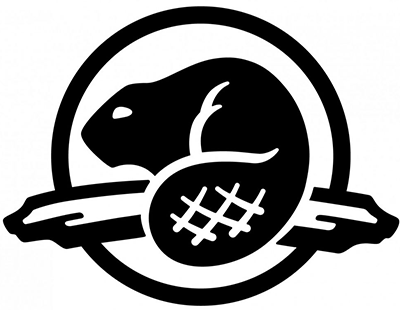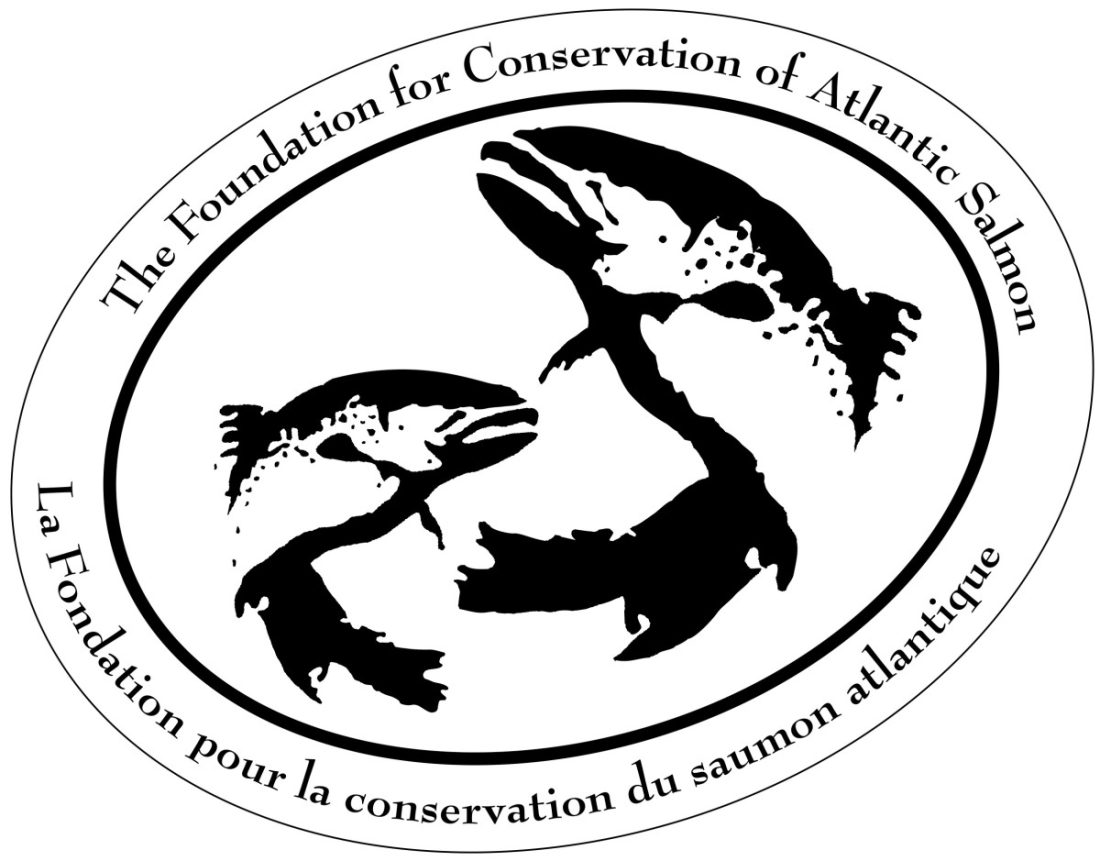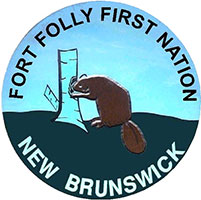Fourth Level Assessment – Aquatic Habitat Rehabilitation Plan
Fourth Level Assessment
Summary of Issues Identified from Current Impacts
Culvert surveys by the Petitcodiac Watershed Alliance as part of their Broken Brooks program noted 20 culverts that were full barriers to fish passage and 11 culverts that were partial barriers to passage (Figure 6) within the watershed, a total of 31 impacted culverts. With 184 crossings identified (Figure 5) and only 111 assessed (Figure 6), another factor identified here is the scope for additional assessments of water crossings within the North River watershed to identify other water crossings in need of attention. PWA’s assessments have been well distributed throughout the watershed such that there is not one specific area which has been neglected, but there would be value to expanding efforts across the watershed as a whole.
Summary of Issues Identified from Aquatic and Riparian Habitat Assessment
Knowledge about wildlife within the North River is limited relative to other watersheds within the Petitcodiac system where more field work has been done. Most of what is known about SAR species here comes either as a result of brook floater surveys in 2018, or anecdotal data from encounters with wood turtles during Rapid Geomorphic Assessments.
This suggests that there might be value to be had in projects in the North River to address such knowledge gaps, though this is a circular problem, as the North River is known to be of less conservation value for salmon recovery, for example, than the Pollett River or the Little River. Consequently, projects in those watershed naturally tend to take priority. Rapid Geomorphic Assessments (RGAs) identified roughly 22% of the reaches along the North River as “in adjustment” indicating that instability is less widespread than further downstream along the main stem of the Petitcodiac.
Restoration Activities Undertaken
Several restoration projects have been done within North River to date (Figure 15). These have ranged from 1) a full culvert replacement by the Provincial Department of Transport and Infrastructure (DTI); to 2) work by the Petitcodiac Watershed Alliance improve passage through culverts that are barriers by either removing debris that is blocking them or building rock weirs down stream of the outflow to address perched culverts; to 3) work by Fort Folly Habitat Recovery to clean up illegal dump sites.













